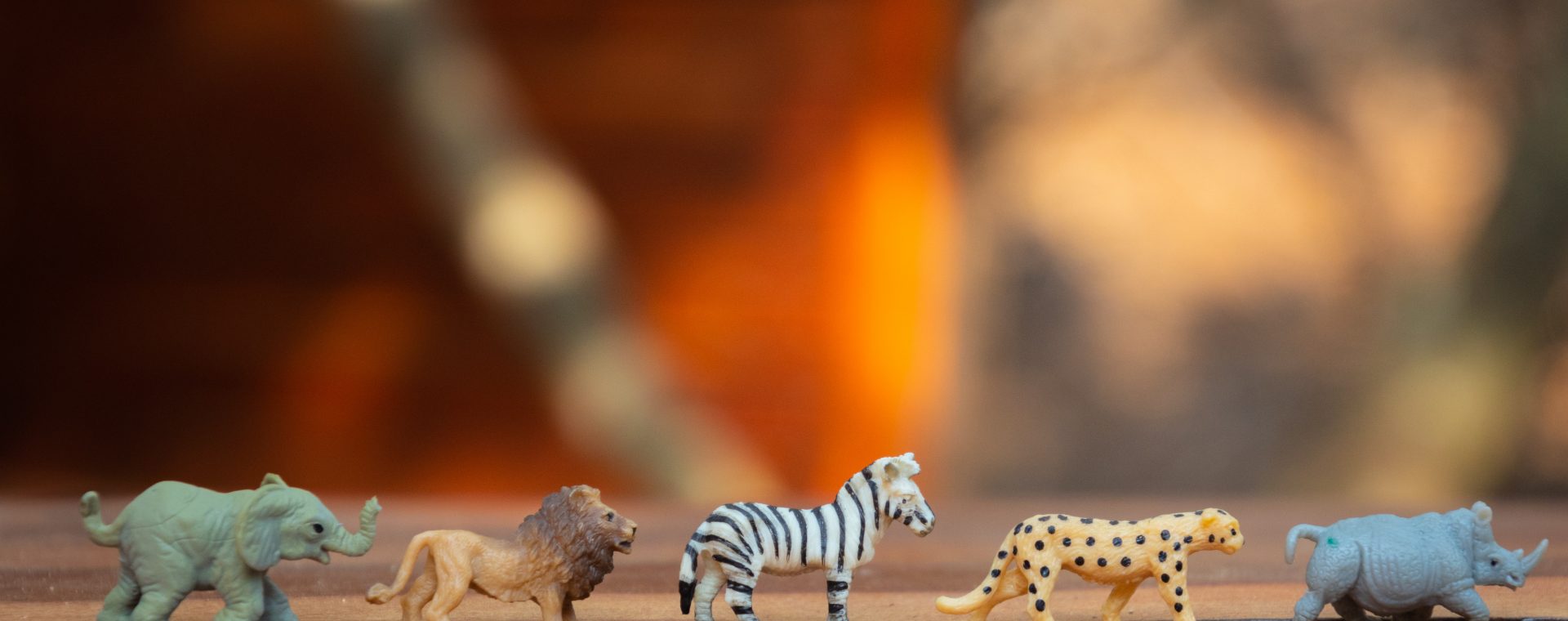
Wherever we look for the origin of schools, it is usually defined by ‘studying’ subjects and being separate from the everyday reality of work and personal life. Nothing could be more wrong.
Right now, we are falling short of providing education for all, including seeing some of the biggest decline in well-being, and the current rapid changes will require us to rethink the concept of schools. The good news is that it may not be as difficult to reform educational systems, and we already have the building blocks to create a more equal and personalized education.
At the LEGO Foundation, we are working with our expansive international research network, testing and improving interventions in more than 25 countries, and working closely with governments and multilateral institutions to understand the barriers and incentives for systems change.
Our combined efforts demonstrate the science behind how children learn in school, which strongly resonates with playful experiences throughout childhood. These playful experiences lead to a greater understanding of knowledge and concepts, the ability to practice a broader set of skills focused on the whole learner, and most importantly, to learn throughout life with continued high engagement, well-being, and motivation.
Our new research on how technologies are used among children, parents, and teachers, illustrates that we are at the brink of a revolution in how play can be used to develop both knowledge and skills across home, school, and communities.
It is thus time to re-evaluate the most basic questions:
Do we need to use children’s ‘time spend in school’ as an indicator of learning?
Children do need a certain exposure to quality learning experiences, but what matters the most is the active engagement into meaningful projects and activities, and not a full day with scripted 45 min lectures inside a classroom. Learning happens across different settings, when children are allowed to test, try out and reflect on different strategies, which can include a blend of independent home-school projects and in-school guidance and group work.
For example, a study by the University of Southern Denmark and supported by the LEGO foundation found that both teachers and students were positive about the different kinds of teaching they experienced with more active forms of education, outdoor and project-based learning. Eighty percent of students responded positively to the change in teaching, while 92% of teachers mentioned that the changes affected the students positively.
Can we come up with alternatives to standardized testing?
The current ‘standards’ of testing learning outcomes are focused only on a very narrow set of subjects, which may not even have a lasting impact on how children learn, and what they remember. During the current circumstances, many schools and universities have deviated from standardized testing, and there is evidence that more integrated and project-based forms of assessments have bigger learning gains.
Can parents and caregivers have a more integrated role in children’s learning?
Parents and caregivers are the first teachers of a young child, but what we have learned is that they are equally critical into the school years and adolescence. However, being engaged in home-schooling sometimes requires periods with intensive support, and we should incentivize companies and workplaces to provide the flexibility for parents to follow and nurture children’s interests and learning.
Can we adapt the role of teachers inside and outside the classroom?
Teachers are critical, but the most important features of both in-class and remote learning are based on the teacher balancing the facilitation across traditional instruction, guided learning and support of open-ended projects, and ensuring that children are actively engaged in meaningful activities while connecting with peers. However, right now, we do not have equal access to even the basics of technologies. We need to ensure that every child and family has connections to networks and technologies across home, schools, and communities, and teachers are equipped with the knowledge and confidence to try out new blended learning strategies.
Can communities and the outdoors be more than just for ‘fun’ and ‘recreation’?
Research illustrates that the resources and networks in communities contain some of the most important qualities and expertise, and the development of critical skills is nurtured through community and outdoor spaces. We should equip our communities with spaces that nurture the full breadth of creative activities, sports, and hobbies, as places where children and students can always go for physical activity, inspiration, and guidance. Schools could also learn from being more open and flexible learning centers with access to quality materials and supervision.
When observing how many workplaces have changed over the past decade, and in the past few months, many employees are no longer required to be physically present all the time in the office. Instead, performance and outcomes are measured by the creative ways to deliver positive results, and the ways colleagues are positively engaged and motivated in their everyday work. Similarly, many children will benefit from a more flexible use of time and space outside the formal school.
We do not need to go back to the traditional school to achieve positive outcomes for children and society. Instead, we can use this opportunity to pool our resources and consider blended forms of learning. This includes policy support with more flexibility for the home, school, and community to come together and apply new principles of education, which are much better suited for the personalized needs of children, and more relevant for the health and well-being of society.


